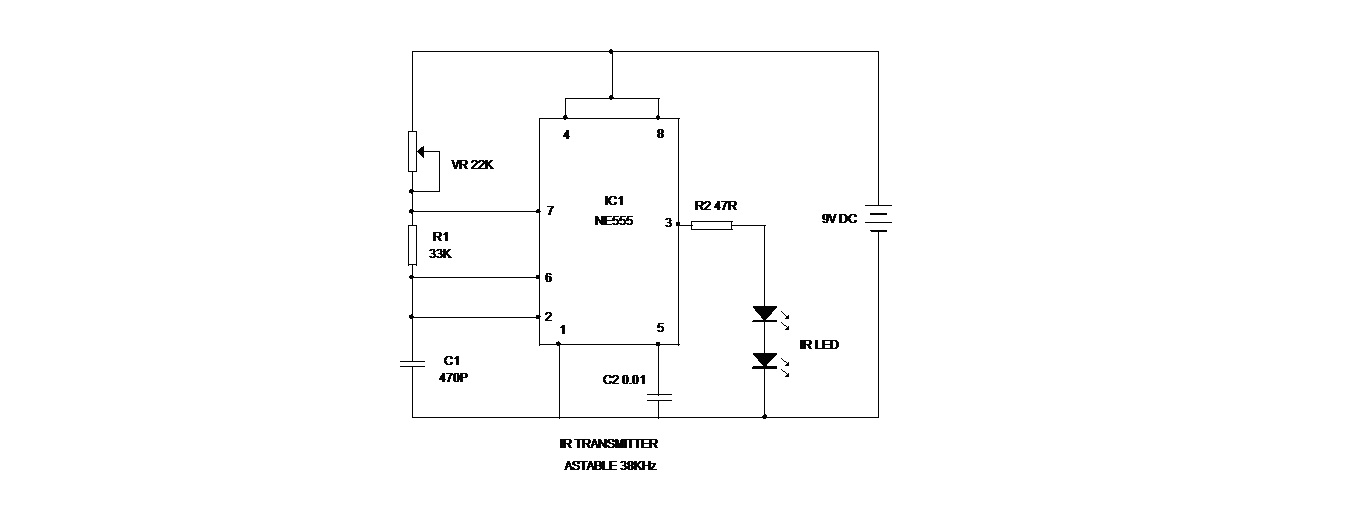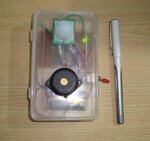eva4good
Newbie level 3

Please am working on a project which is to design an intruder alarm system using tsop 1738 ir sensor and tsal 6200 ir diode. But the problem am having is how to produce an electric signal of 38kHz and also how to make it constant irrespective of change in temperature so that it can always be detected by the ir sensor. Expecting your kind contributions thanks.:lol:






